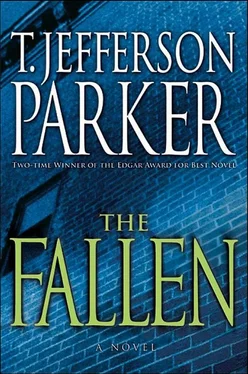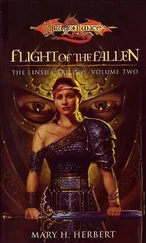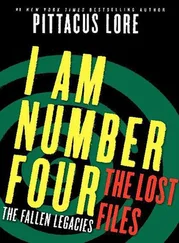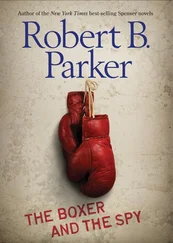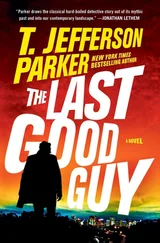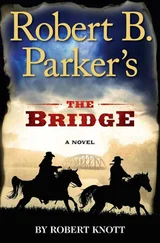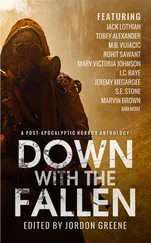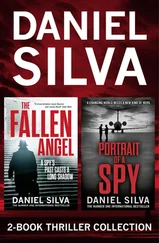I learned that Hummer Man was right-handed, which was something I’d forgotten to ask Cass myself.
Kathy had also gotten Cass to remember that Hummer Man’s fingernails were neatly trimmed and clean, in possible contrast to his overall appearance as a workingman. His hands looked smooth. I thought of Hummer Man’s new Chargers cap, the clean fingernails and smooth hands, and his superior attitude.
Then I thought of the surveillance tape that I’d seen, and the flash of shoe leather. What kind of shiny shoes would a working fellow be wearing on a drizzly, soon-to-be-rainy day?
It seemed wrong. I wondered if we were looking for a real workingman or for a guy who had tried to seem like one.
“Maybe that’s exactly what we’re looking at — a disguise,” I said.
“I did think there was something phony about him,” said Cass. “Just... off. He looked like a regular person trying to look like a famous person trying not to be recognized. Or something like that.”
Back at my desk I found a message that Assistant Chief Dale Payne of the New Orleans PD had called. I called him back.
“I’ve got everybody who came through the annex to claim those guns,” he said. “That includes us, Sheriffs, feds, everybody. I got badge and phone numbers. Took some doin’. So here goes. Maybe this’ll help you find out who walked out of here with my Model 39.”
I typed out the name, rank, and organization of each person who was present at the annex weapons release. Just as I had thought, the NOPD had not let Lieutenant Darron Wight handle the weapons transfer alone — he’d been assisted by Officers Clay Strunk and Gloria Escobedo. I was partly expecting to hear Ron Mincher’s name but was glad I didn’t. None of the six names were familiar to me.
I left messages for three of them, but the other three I managed to get live. I explained in brief, concise terms that I was looking for someone who had lifted a murder weapon that day in New Orleans.
The first two told me with condescending patience that of course everybody had signed in — it was procedure. Bob Cramer of DEA hesitated, then was pointedly uncooperative. He said he wasn’t in the habit of giving out the names or whereabouts of DEA agents to “local law enforcement.”
I scratched the names off the list with increasingly bold sweeps of my pen, but I circled Bob Cramer.
I sighed and looked out the window at sun-drenched San Diego, still winter in America’s Finest City.
After lunch McKenzie and I left headquarters with a half-inch stack of wanted posters and a half-inch sliver of hope. Before making copies of the posters, we had scanned the picture to an SDPD flyer form with our department seal and WANTED FOR QUESTIONING at the top, and a description of the unidentified subject at the bottom.
First we stopped at the Ethics Authority Enforcement Unit building. The Little Italy sidewalks were busy with pedestrians enjoying the sunshine and I could smell the bread and garlic from the restaurants. Arliss Buntz looked at us when we walked in, then began straightening her desktop. Her ancient, near-green sweater hung on a coatrack by the stairwell and there was a very small vase of California poppies beside her telephone.
“Come on up,” said Van Flyke. He stood over us, looking down from the second story.
“Well, go on up,” said Arliss.
I closed the door and played the tape of Garrett Asplundh’s last conversation with Stella. Van Flyke listened with a frown, his head slightly cocked.
“Where did you get this?” he asked.
“Our friends in law enforcement,” I said.
Van Flyke shook his head in disgust. “Some of the stuff that I have to put up with in this city. They create the Ethics Authority to watchdog the city, and what’s the city do? It watchdogs the Ethics Authority.”
“The conversation took place at four-thirty on Tuesday the eighth — the day Garrett was killed,” I said.
Van Flyke nodded but said nothing.
“Whoever heard it could know that Garrett was going to be down at the Cabrillo Bridge that night,” said McKenzie.
“He doesn’t say what bridge,” said Van Flyke.
“If you knew Garrett well, you knew what bridge he was talking about. Did he ever tell you about it?”
“He proposed to her there.”
“When did you get your copy of this tape?” I asked.
“Yesterday,” he said. “Always on Wednesdays, unless Kaven forgets and drags his feet. These tapes aren’t of high interest to us in Ethics. We think it’s demeaning to be taped and monitored in the first place. Especially by the mayor and you people.”
McKenzie took one of our new “Wanted for Questioning” flyers from her briefcase and showed it to Van Flyke.
“Looks like you with a mustache,” she said.
“I’m a Dolphins man,” he said.
McKenzie held a flyer up toward him for comparison. She raised her eyebrows and Van Flyke smiled and shook his head.
“He’s better-looking than you,” said McKenzie.
“Most men are,” said Van Flyke. “What they don’t have is my vibrant personality. Tack your poster to the wall behind Arliss’s desk and everybody who comes through here will see it.”
“We’ll leave a few on the downstairs table too,” said McKenzie.
“Great,” said Van Flyke. “And do me a favor — tell your bosses over at the PD to keep their noses out of Ethics Authority business. They want to pass around tape-recorded conversations, they can bug their own people.”
Erik Kaven said that he “irregularly” monitored and recorded Ethics Authority phone calls but he did not listen to the conversation between Garrett and his wife. He was not prone to spying on his own employees. Certain other individuals had access to the monitoring equipment and could have eavesdropped while the conversation took place or perhaps replayed it later from the tape. He said the policy of monitoring Ethics Authority calls was “asinine” and he was firmly against it, but because such practice was included in the Ethics Authority charter, he had to play by the rules.
“It was the mayor and council’s idea,” said Kaven. “It’s their way of keeping us under their political thumb. They want ethics, but they don’t want ethics with teeth.”
I thought of what Stella had said, how Garrett distrusted Kaven because of Kaven’s coziness with Sarvonola and the business interests of San Diego.
“You were against hiring Garrett, weren’t you?”
He eyed me. “I thought he’d be better off as a cop, but the decision was up to Van Flyke. I direct the Authority. I don’t dictate. And don’t bother asking me to let you hear any more Ethics Authority tapes. You want Ethics Authority property, go to court and come back with a warrant. Or talk to all your blameless captains — you can probably get anything you want from them.”
“We’ve already got some paper,” said McKenzie. She brought out another flyer. “Looks like you.”
He took and studied it. “‘Wanted for Questioning’... What kind of a face is that? Looks like a costume. What put you onto this guy? What’s his story?”
“Get some paper and we’ll talk,” said McKenzie.
Kaven smiled. Behind his gunslinger’s mustache his teeth were white and straight. “Fine. I don’t want to know. I know too much already.”
Over the next four hours we drove to three television studios, six radio stations, six newspapers, and three magazines. We could have just faxed the sketch to each of them, but in my experience a personal appearance helps get attention.
We were greeted with gravity and furrowed brows at each stop and we got assurances that our sketch would be aired, published, or — in the case of radio — described, by everyone we talked to. With each sketch we included a press release about the Garrett Asplundh murder.
Читать дальше
